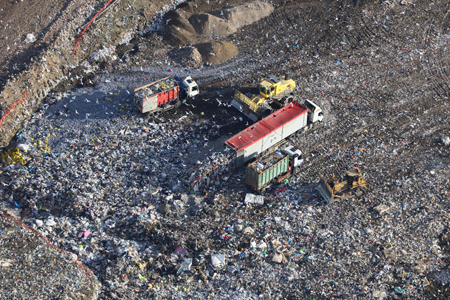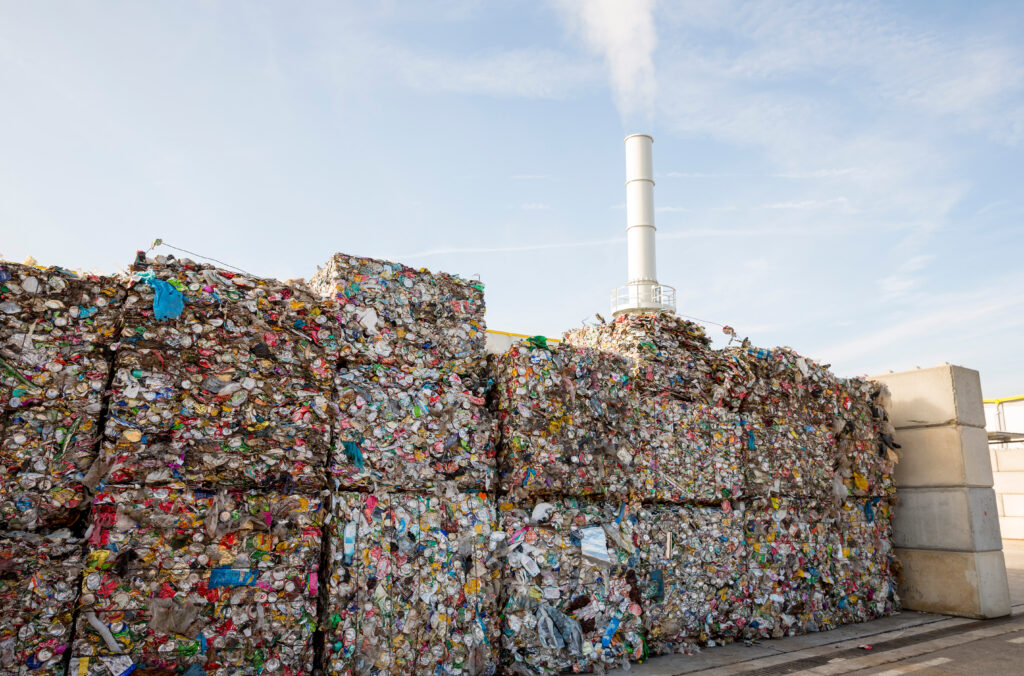However, the council said there is more than 892,000 tonnes of permitted energy recovery capacity which has not yet come forward, which could help to reduce landfill disposal requirements if implemented. The majority of this permitted tonnage is Uniper’s 500,000 tonne plant which was approved last year (see letsrecycle.com story).
The landfill concerns were raised in a draft waste plan for Nottinghamshire and Nottingham, published for consultation by Nottinghamshire county council today (31 August).
The draft plan will “provide the basis for the determination of waste planning applications” in the region. Nottinghamshire explained that its over-arching theme is the “promotion of sustainable development and achieving the highest quality waste management facilities”.
Capacity
The councils appointed specialist consultants AECOM to prepare a detailed waste needs assessment.
AECOM estimated that there will be a future landfill rate of 5% for local authority collected waste (LACW) and 10% for commercial and industrial (C&I).
As outlined below, AECOM estimated that by 2038, even using a recycling rate of 65%, there will be a need for 126,825 tonnes of landfill capacity for both LACW and C&I waste combined, but remaining capacity will diminish.

The report states: “Landfill capacity for LACW and C&I waste is effectively exhausted, and the waste needs assessment estimates that up 2.5 million tonnes of waste could require landfilling over the plan period, depending on future recycling and recovery rates.”
It added opportunities for future non-hazardous landfill, to manage LACW and C&I waste, are limited due to the underlying geology and groundwater constraints.
The report did state though that if waste was handled higher up the waste hierarchy this would mean there will be less requirement for landfill than envisaged.
Energy recovery
As outlined below, again using a 65% recycling rate, there will also be a capacity gap for energy from waste plants too, with an over capacity of recycling infrastrucutre.
The report said this shows there is sufficient recycling/composting capacity to manage the areas recycling up to 2038, but energy recovery remains a challenge in the first part of the plan.
“This decreases over the life of the plan if the higher recycling scenario is achieved,” the report added, before also noting approved capacity.
Plans
The councils said the plan needs to consider how to make appropriate provision for additional energy recovery and disposal capacity where required.
A joint ‘call for sites’ was launched earlier this year “but very few sites were put forward”. The pair said it is thus not possible to make an objective comparison of a range of possible sites. Given this lack of site-specific evidence, the councils will draft a criteria-based policy against which to judge future waste management proposals.
The plan does not allocate any sites to accommodate new facilities, but instead contains policies to make sure the city and county’s waste is managed in a sustainable way.

Consultation
The public consultation was launched yesterday (30 August) and will close on 11 October.
Councillor Neil Clarke MBE, Nottinghamshire county council’s cabinet member for transport and environment, said: “The policies we have set out in the draft plan ensure that we have the right facilities in the right places to handle waste generated in Nottinghamshire and Nottingham to help ensure it is managed in the most sustainable way.
“The strategy will look at the future demand for recycling. The last one was adopted a decade ago and needs updating as we continue with our work to achieve household recycling targets.”













Subscribe for free